
There have been seven baronetcies created for persons with the surname Herbert, three in the Baronetage of England, one in the Baronetage of Ireland and three in the Baronetage of the United Kingdom. All creations are extinct.

There have been seven baronetcies created for persons with the surname Herbert, three in the Baronetage of England, one in the Baronetage of Ireland and three in the Baronetage of the United Kingdom. All creations are extinct.
The Herbert Baronetcy, of Red Castle in the County of Montgomery, was created in the Baronetage of England on 16 November 1622. For more information on this creation, see Marquess of Powis. [1]
The Herbert Baronetcy, of Derrogh in the King's County, was created in the Baronetage of Ireland on 4 December 1630 for George Herbert. The title became extinct on the death of the third Baronet in 1712.
The Herbert Baronetcy, of Tintern in the County of Monmouth, was created in the Baronetage of England on 3 July 1660 for the traveller and historian Thomas Herbert. The title became extinct on the death of the sixth Baronet in 1740.
The Herbert Baronetcy, of Bromfield in the County of Shropshire, was created in the Baronetage of England on 18 December 1660 for Matthew Herbert. The title became extinct on his death in 1668. His brother Richard Herbert was the grandfather of Henry Herbert, 1st Earl of Powis (see Earl of Powis).
The Herbert Baronetcy, of Llanarth in the County of Monmouth, was created in the Baronetage of the United Kingdom on 19 July 1907. For more information on this creation, see Ivor Herbert, 1st Baron Treowen.
The Herbert Baronetcy, of Boyton in the County of Wiltshire, was created in the Baronetage of the United Kingdom on 18 July 1936 for Sidney Herbert, Member of Parliament for Scarborough and Whitby and Westminster Abbey. He was the son of the Hon. Sir Michael Herbert, fourth son of Sidney Herbert, 1st Baron Herbert of Lea (see Baron Herbert of Lea), younger son of George Herbert, 11th Earl of Pembroke (see Earl of Pembroke). The title became extinct on his death in 1939.
The Herbert Baronetcy, of Wilton in the County of Wiltshire, was created in the Baronetage of the United Kingdom on 1 March 1937 for the Hon. George Sidney Herbert, Gentleman Usher to George V and Edward VII. He was a younger son of Sidney Herbert, 14th Earl of Pembroke and the younger brother of Reginald Herbert, 15th Earl of Pembroke (see Earl of Pembroke). The title became extinct on his death in 1942.

Earl of Powis (Powys) is a title that has been created three times. The first creation came in the Peerage of England in 1674 in favour of William Herbert, 3rd Baron Powis, a descendant of William Herbert, 1st Earl of Pembroke. In 1687, he was further honoured when he was made Marquess of Powis.

Marquess of Powis was a title in the Peerage of England. It was created in 1687 for William Herbert, 1st Earl of Powis. He had already succeeded his father as third Baron Powis in 1667 and had been created Earl of Powis in the Peerage of England in 1674; Marquess of Powis and Viscount Montgomery in 1687. When James II went into exile in France, the Marquess followed him. He served as Comptroller of the Royal Household and his wife Elizabeth as Governess of the Royal children. He was rewarded in 1698 by the titles Duke of Powis and Marquess of Montgomery, but these titles in the Jacobite Peerage were not recognised in England.

There have been three baronetcies created for persons with the surname Booth, one in the Baronetage of England and two in the Baronetage of the United Kingdom. The 1916 creation remains extant, the 1835 creation became extinct in 1896 and the 1611 baronetcy has been dormant since 1797. The senior line of the first creation was elevated to the peerage as Baron Delamer and Earl of Warrington.
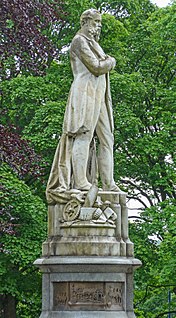
Baron Masham is a title that has been created three times, once in the Peerage of Great Britain and twice in the Peerage of the United Kingdom. It was first created in the Peerage of Great Britain in 1712 when the courtier Samuel Masham was made Baron Masham, of Otes. In 1723 he also succeeded as fourth Baronet of High Lever. The barony became extinct on the death of the second Baron in 1776. The Masham baronetcy, of High Lever in the County of Essex, was created by James I in the Baronetage of England on 20 December 1621 for Samuel Masham. The third Baronet was Member of Parliament for Essex. The baronetcy became extinct along with the barony in 1776.
There have been 18 baronetcies created for persons with the surname Campbell, six in the Baronetage of Nova Scotia and twelve in the Baronetage of the United Kingdom.
Viscount Lanesborough is a title that has been created twice in the Peerage of Ireland. The first creation came on 31 July 1676 in favour Sir George Lane, 2nd Baronet. The titles became extinct upon the death of his son, the second Viscount, on 2 August 1724. The Lane Baronetcy, of Tulske in the County of Roscommon, had been created in the Baronetage of Ireland on 9 February 1661 for Richard Lane. The second creation came on 12 August 1728 in favour Brinsley Butler, 2nd Baron Newtown-Butler. His son Humphrey was created Earl of Lanesborough in 1756. See the latter title for more information on this creation.
There have been a number of creations of baronets with the surname Smith.
Nineteen baronetcies have been created for persons with the surname Hamilton, eight in the Baronetage of Nova Scotia, one in the Baronetage of England, five in the Baronetage of Ireland, one in the Baronetage of Great Britain and four in the Baronetage of the United Kingdom. As of 2008 two creations are extant, two are dormant, two are either extinct or dormant and twelve extinct.
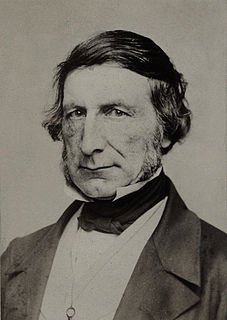
There have been seven Baronetcies created for persons with the surname Lewis, two in the Baronetage of England and five in the Baronetage of the United Kingdom. Only one creation is extant as of 2010.
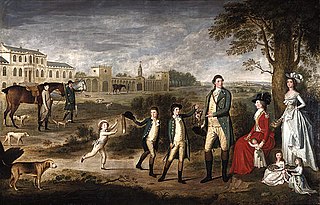
There have been five baronetcies of the United Kingdom created for a person with the surname Erskine, two in the Baronetage of Nova Scotia, one in the Baronetage of Great Britain and two in the Baronetage of the United Kingdom. Two of the creations are extant as of 2010.
There have been nine baronetcies created for persons with the surname Lloyd, three in the Baronetage of England, three in the Baronetage of Great Britain and three in the Baronetage of the United Kingdom. Two of the creations are extant as of 2010.

There have been nine baronetcies held by people with the surname Nugent, four in the Baronetage of Ireland and five in the Baronetage of the United Kingdom. Six of the creations are extinct, while three are extant.
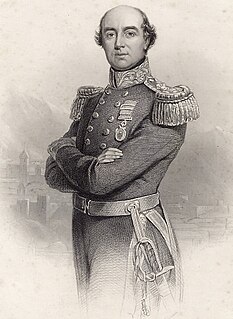
There have been twenty one baronetcies created for persons with the surname Williams, eight in the Baronetage of England, three in the Baronetage of Great Britain and ten in the Baronetage of the United Kingdom. Only six of the creations are extant as of 2017.

There have been seventeen baronetcies for persons with the surname Stewart, ten in the Baronetage of Nova Scotia, one in the Baronetage of Ireland and six in the Baronetage of the United Kingdom. See also Steuart baronets, Henderson-Stewart baronets, MacTaggart-Stewart baronets and Stewart-Clark baronets.
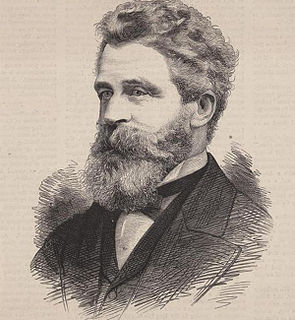
There have been nine baronetcies created for persons with the surname Cooper, one in the Baronetage of England, one in the Baronetage of Ireland and seven in the Baronetage of the United Kingdom.
There have been nine baronetcies created for persons with the surname Roberts, three in the Baronetage of England and six in the Baronetage of the United Kingdom. As of 2014 four of the creations are extant.

There have been four baronetcies created for members of the Welsh Philipps family, one in the Baronetage of England and three in the Baronetage of the United Kingdom.

There have been five baronetcies created for persons with the surname Kennedy, one in the Baronetage of Ireland, three in the Baronetage of Nova Scotia and one in the Baronetage of the United Kingdom. One creation is extant as of 2010.
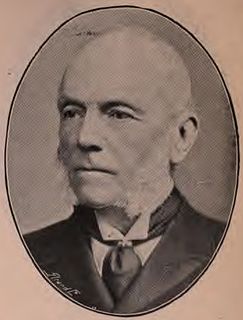
There have been five baronetcies created for persons with the surname Morgan, two in the Baronetage of England, one in the Baronetage of Great Britain and two in the Baronetage of the United Kingdom. All five creations are extinct.

The Stepney Baronetcy, of Prendergast in the County of Pembroke, was a title in the Baronetage of England. It was created on 24 November 1621 for John Stepney. His son, Sir John, the third Baronet represented Pembroke and Haverfordwest in Parliament. The latter's nephew, the fourth Baronet, married Justina, daughter of Sir Anthony van Dyck. Their only son, Sir Thomas, the fifth Baronet, sat as Member of Parliament for Carmarthenshire. Sir Thomas's great-grandson, Sir John, the eighth Baronet, represented Monmouth in Parliament and served as Envoy to Dresden and Berlin. The eighth Baronet never married and was succeeded by his younger brother, Sir Thomas, the ninth Baronet, on whose death in 1825 the baronetcy became extinct.